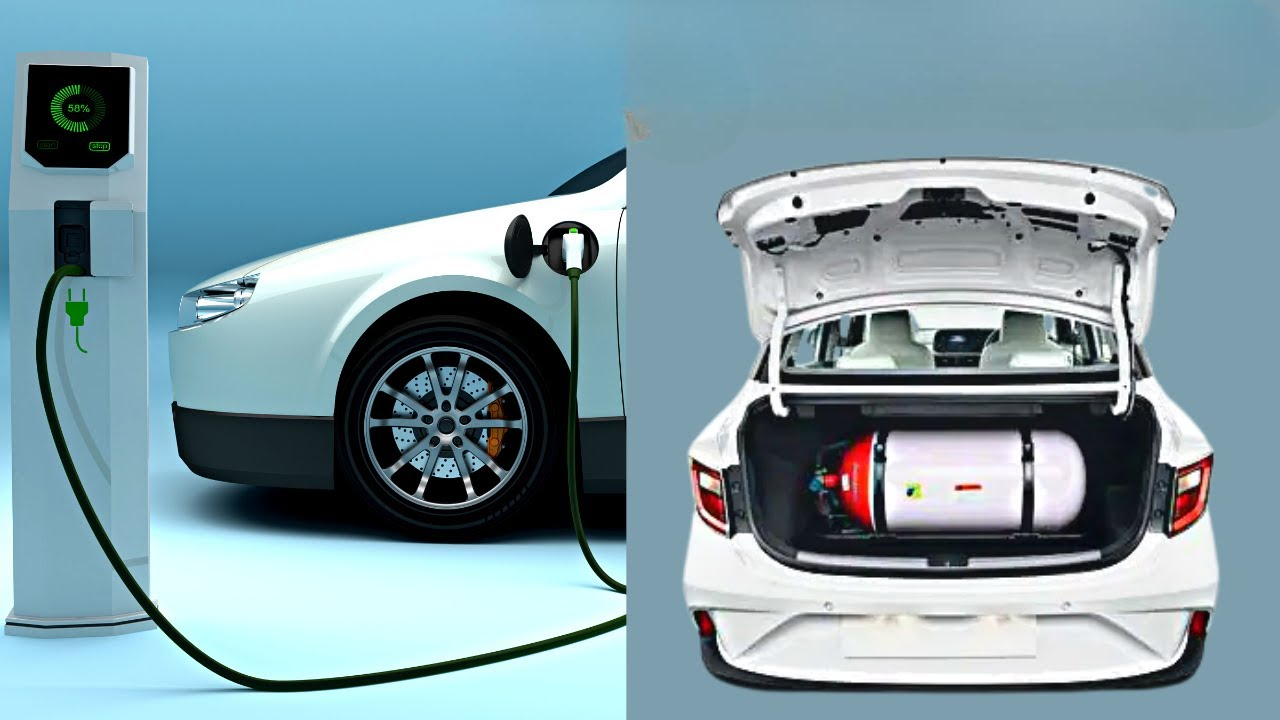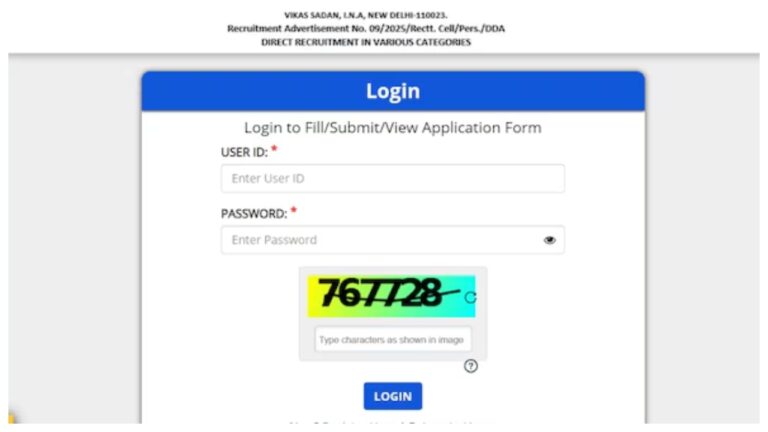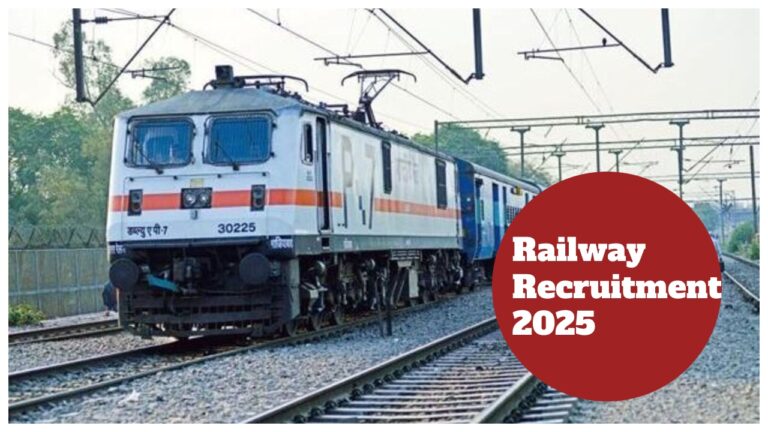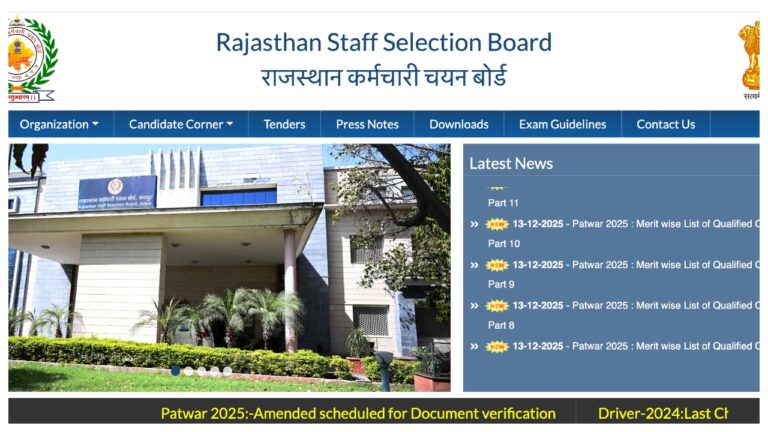CNG vs Electrical Vehicle : The mixed messages hover over a world where most Indian middle-class families dread running costs, the initial purchase cost, and long-term reliability in deciding on an automobile for the year 2025. Well-acclaimed options today include CNG (Compressed Natural Gas) and EVs (Electric Vehicles). Both are much cheaper in running costs as compared to their petrol or diesel counterparts; yet the merits and challenges differ between the two. So which one is better for an Indian middle-class family?
Expense of Ownership
CNG vehicles are significantly cheaper to buy. Most of the CNG variants are more expensive by ₹80,000 to ₹1 lakh than their petrol variants, whereas they are still cheaper than the EVs. On the contrary, EVs have high initial prices but are low on running and maintenance costs. Also, the state subsidies and tax benefits are enjoying EVs because it makes the long-term purchase more attractive.
Running Cost
Now, on the running cost of fuel consumed daily, the winner is undoubtedly the EV. It will always cost cheaper to charge using an EV at home than to fill it up with CNG. Broadly speaking, EVs run about ₹1.5-₹2 per kilometer, while CNG runs about ₹2.5-₹3 per kilometer. This differential builds up over time into quite an amount for a household that uses its vehicle every single day.
Availability and Convenience
This is completely for CNG because of the availability of fuel. CNG stations are with good density in cities like Delhi, Mumbai, and Pune. But in small towns and rural areas, they can be scarce. EV chargers are little growing, but far from the number of CNG fueling stations. And home charging can take several hours, depending on the installation of a fast charger.
Maintenance and Reliability
CNG car services are pretty straightforward because they are based on petrol cars. They have a low-cost repair and the mechanic is easily available. Lower maintenance costs are the hallmark of an EV because it contains fewer moving parts. Repairs can cost one deep into the wallet since access to service is mostly limited to authorized centers.










